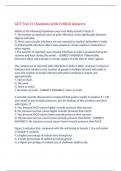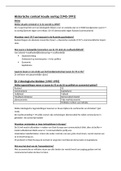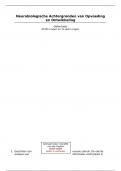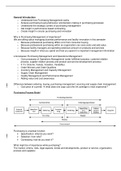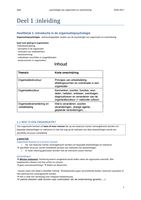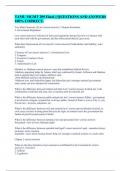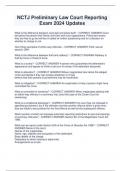Exam (elaborations)
ACT Test 31 Questions with Verified Answers,100% CORRECT
- Course
- Institution
ACT Test 31 Questions with Verified Answers Which of the following hypotheses was most likely tested in Study 2? F. The number of reported cases of polio infections varies significantly between Nigeria and India. G. Most cases of polio infections are not reported to medical authorities in Indi...
[Show more]
